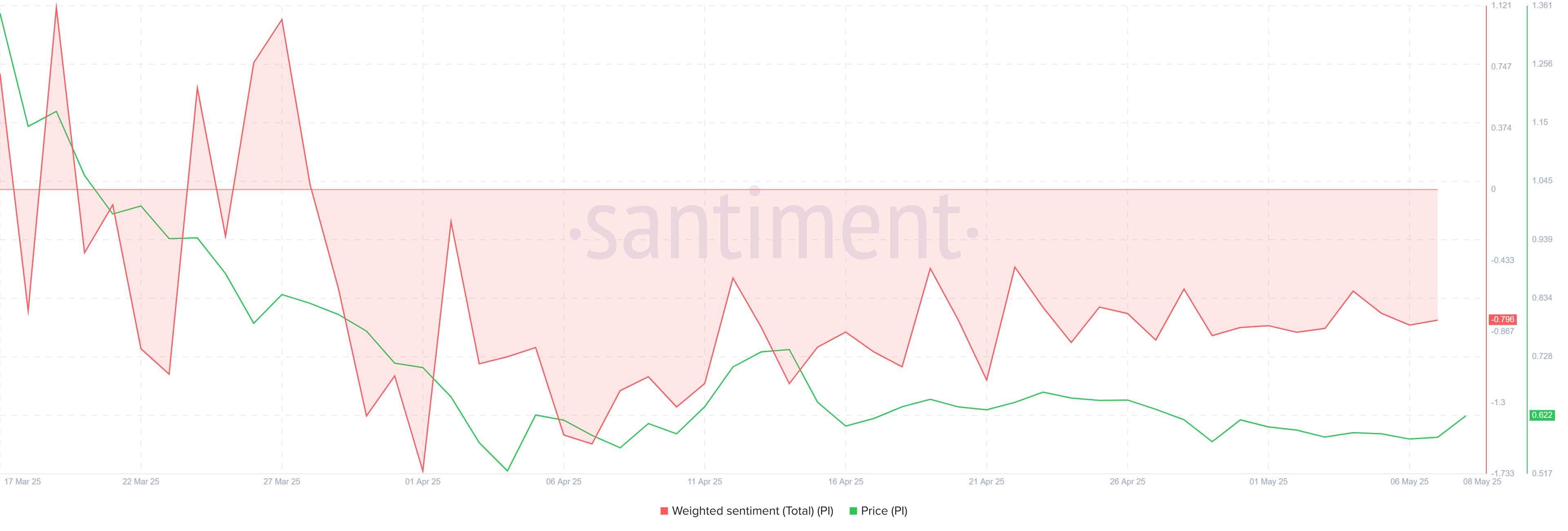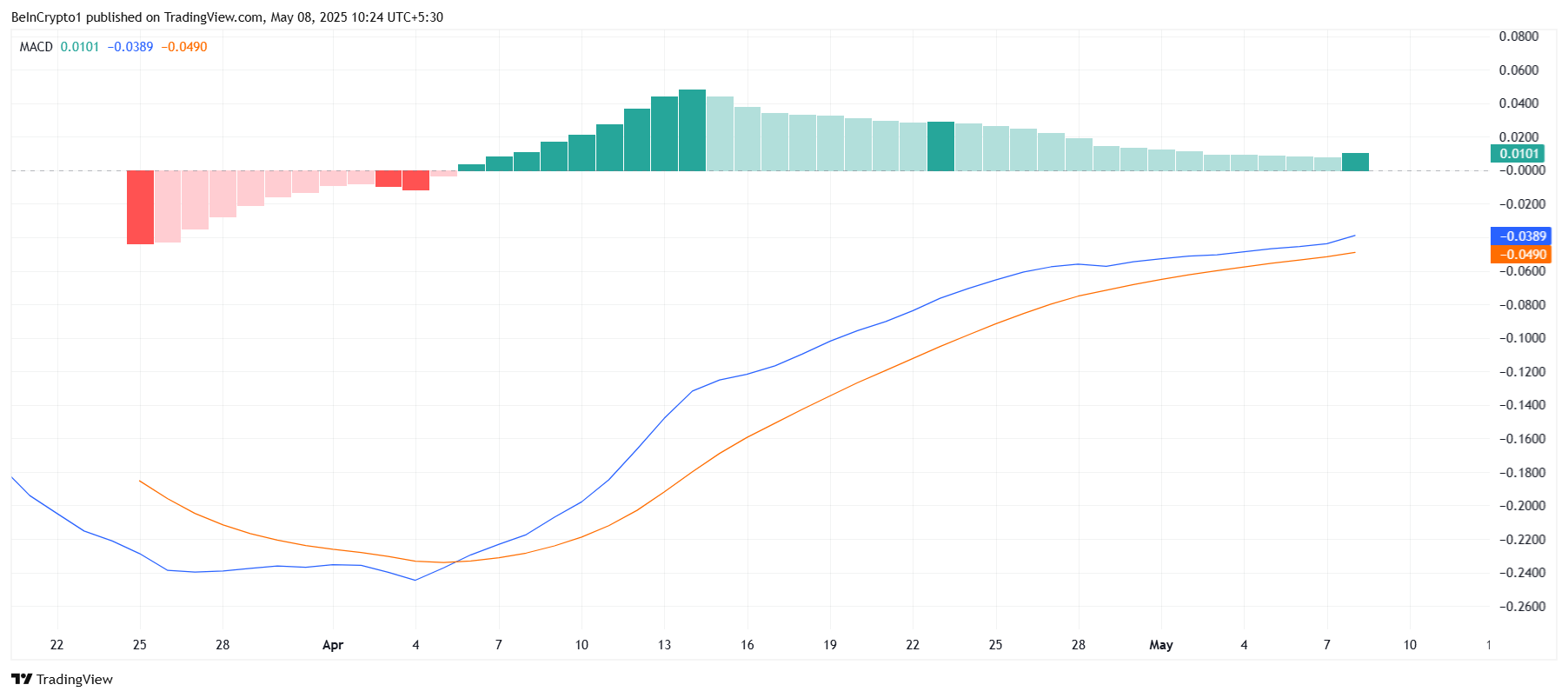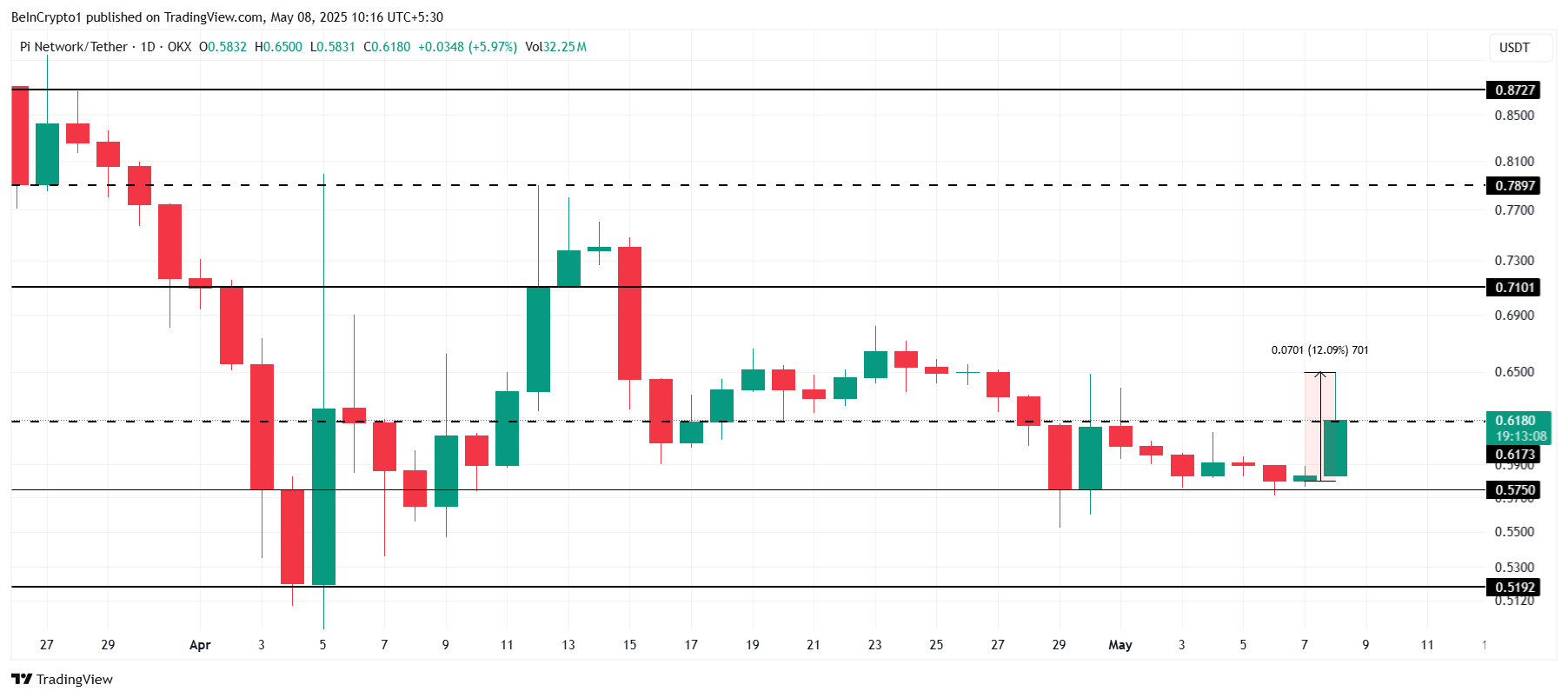Solana (SOL) has a market cap above $80 billion but is down over 10% in the last 30 days. Despite a recent bounce, its price has stayed below $170 since May 29. The RSI has recovered to 54.51 but failed to break above 60, showing limited bullish strength.
The Ichimoku Cloud remains red and thick, signaling strong resistance ahead. The Tenkan-sen has crossed above the Kijun-sen, but the price is still inside the cloud. The EMA structure is still bearish, with short-term lines below long-term ones. Solana needs stronger momentum to break out and confirm a trend reversal.
Solana RSI Rebounds but Struggles to Cross 60 Threshold
SOL is showing early signs of a momentum shift, with its Relative Strength Index (RSI) currently at 54.51—up significantly from 39.26 just three days ago.
Since yesterday, RSI has been attempting to break above the 60 level, a threshold that often signals stronger bullish momentum.
While the climb from sub-40 levels suggests recovering buyer interest, the RSI remains stuck in the neutral zone for now, indicating hesitation among bulls to fully reclaim control.

The RSI is a widely used momentum indicator that ranges from 0 to 100. It is designed to measure the speed and change of price movements.
Readings above 70 typically indicate overbought conditions, while readings below 30 signal oversold levels. A value around 50 is considered neutral.
With SOL’s RSI currently at 54.51, the market is cautiously bullish, but a failure to push beyond 60 may limit further upside in the short term.
SOL Battles Resistance Within Bearish Ichimoku Cloud
Solana price is testing a critical resistance area defined by the Ichimoku Cloud. The price recently pushed into the red cloud from below, indicating an attempt to reverse the prevailing bearish trend.
However, the cloud remains thick and red—signaling that resistance is strong and the broader sentiment has yet to flip bullish.
The Leading Span A (green line) is still below the Leading Span B (red line), confirming that the cloud remains in bearish alignment.

The Tenkan-sen (blue line) has crossed above the Kijun-sen (red line), typically an early bullish signal. Additionally, the price is hovering around these conversion lines, showing some short-term upward momentum.
However, with the price still inside the cloud and the future cloud projecting continued resistance, SOL needs a strong breakout above the cloud to confirm a bullish reversal.
Until then, the trend remains uncertain, and the cloud’s upper boundary will act as a key hurdle.
Solana Rallies Above $150, But EMA Structure Remains Bearish
Solana price has climbed nearly 8% over the past four days, breaking above the $150 mark and showing renewed bullish interest.
Despite this rally, the EMA lines still reflect a bearish setup, with short-term averages below the longer-term ones. If the current momentum continues, SOL could push higher to test resistance at $163.76.

A breakout there might open the door to $169.20, and in a scenario of strong, sustained buying, the price could rally as high as $179.50—marking a potential 16.7% upside from current levels.
However, this bullish path depends on the strength of the ongoing uptrend.
If Solana fails to hold above its recent breakout level and the support at $150.65 is lost, the price could fall back toward $141.53.
The post Is Solana Back on the Bullish Track or More Corrections to Come? appeared first on BeInCrypto.







